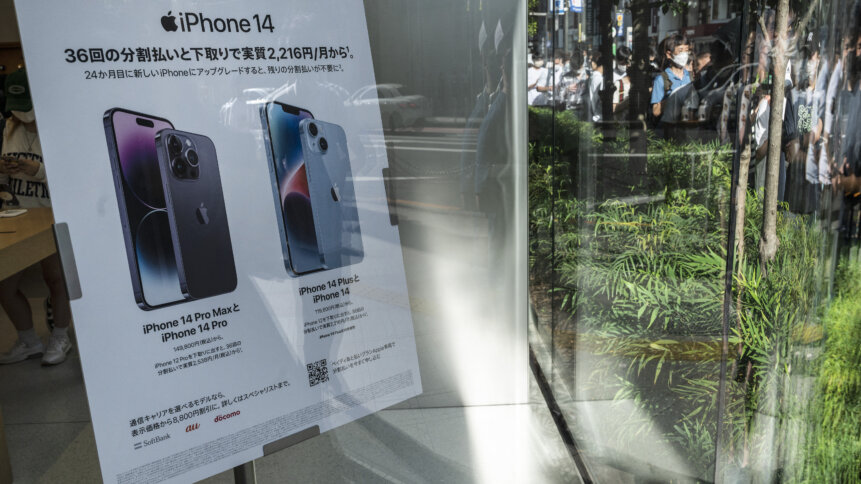Is Apple seeing lower demand for iPhone 14?

- Apple apparently told suppliers to reduce efforts to increase assembly of the iPhone 14 product family by as many as 6 million units in the second half of this year.
- Demand for higher-priced iPhone 14 Pro models is stronger than for the entry-level versions.
Historically, during the last quarter of the year towards the holiday season, California-based tech giant Apple Inc usually increases the production of its products, especially the iPhone. Even at the peak of the pandemic, Apple accelerated production in this quarter to keep up with demand for its newly launched line of productions. This year however, Apple may be forced to curtail the volume of iPhones being produced, a move that only the chip shortage has forced the tech giant to make previously.
In a report by Bloomberg, demand for the new iPhone 14 has so far been weaker-than-expected. Interestingly, the faltering demand mostly involves entry-level versions of the iPhone 14. “Demand for higher-priced iPhone 14 Pro models is stronger than for the entry-level versions,” the report added.
If this is true, it may also lead to some Apple suppliers shifting production capacity from lower-priced iPhones to premium models. The report further noted that the California-based electronics maker has told suppliers to pull back from efforts to increase assembly of the iPhone 14 product family by as many as 6 million units in the second half of this year.
Instead, the company aims to produce 90 million handsets for the period, roughly the same level as last year and in line with Apple’s original forecast this summer, Bloomberg said. Apple had upgraded its sales projections in the weeks leading up to the iPhone 14 release and some of its suppliers even started making preparations for a 7% boost in orders.
The weaker demand can also be attributed to China, the world’s biggest smartphone market, that has been in an economic slump, leading to a hit to its domestic mobile device makers, which also affecting the iPhone’s sales. For context, based on a Jefferies note on Monday, purchases of the iPhone 14 series over its first three days of availability in China were 11% down on its predecessor the previous year.
Globally, the smartphone market has been on a decline, suppressed by surging inflation, recession fears and disruption from the war between Russia and Ukraine. Even data from the International Data Corporation shows that the number of smartphones sold this year is forecast to drop by 6.5% to 1.27 billion units.
“The decline is due to record-breaking inflation, geopolitical tensions, and other macroeconomic challenges that have significantly dampened consumer demand. The supply constraints pulling down on the market since last year have eased and the industry has shifted to a demand-constrained market,” IDC said in its report.
Even IDC’s Worldwide Mobility and Consumer Device Trackers Research Director Nabila Popal believes that the high inventory in channels and low demand with no signs of immediate recovery has OEMs panicking and cutting their orders drastically for 2022. In total over the last 12 months, events led to 150 million units shavedoff the market for 2022 from IDC’s forecast in the second quarter of 2021.










